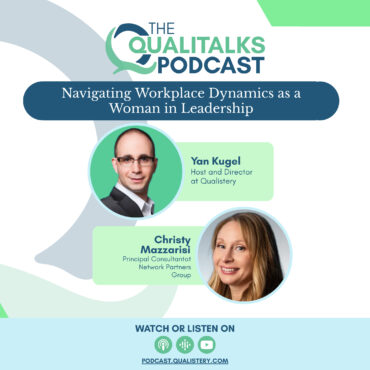
Temperature Mapping – All You need to Know About Good Qualification Protocol [Nathan Roman]
In the latest episode of Qualitalks, Yan Kugel and Nathan Roman dive deep into the world of qualification protocols and share their insights on writing effective ones.







